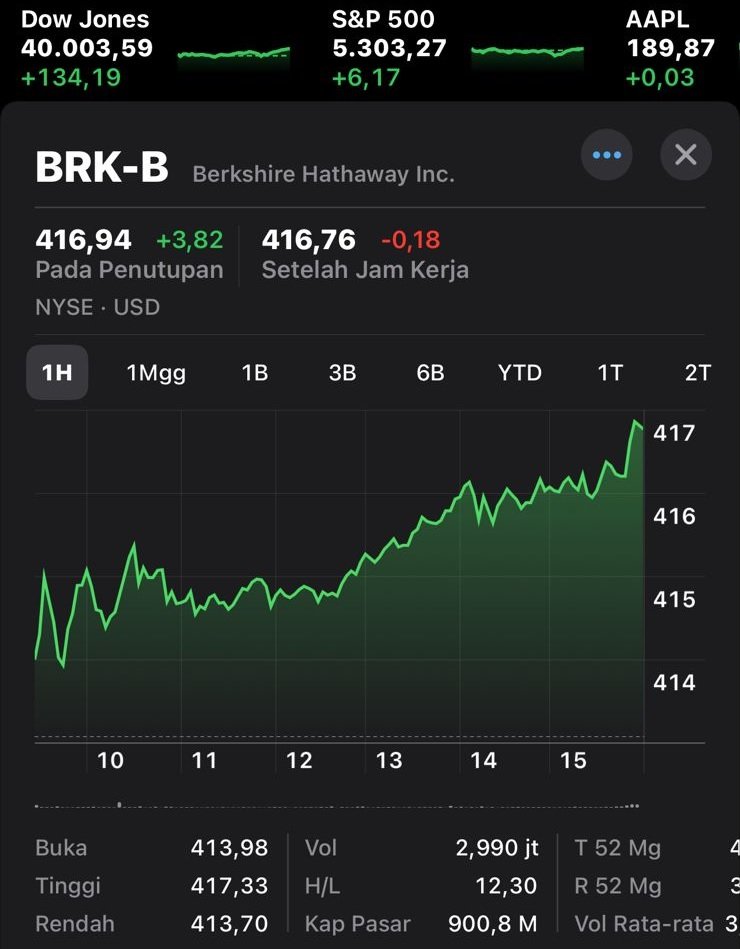Between the engine that produces torque and power and the rear tire that uses power to move the motorbike, there is a transmission system that can be controlled by the rider by changing gears. It is important to operate the gear shift via the gear lever according to the speed conditions of the motorbike and the conditions of the road to be traversed. . Whether for daily motorbike use or racing. Something that cannot be denied is how important gear changes are in MotoGP racing and many people ask how MotoGP racers actually operate the gears to change gears and how do they do it so smoothly with such powerful motorbikes?
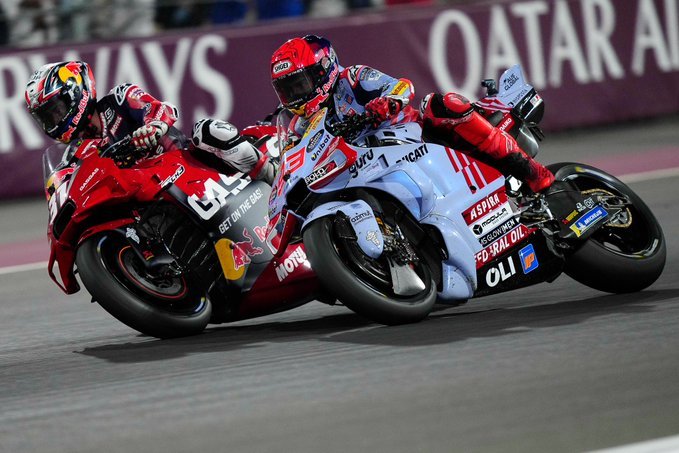
Basically, all MotoGP motorbikes are motorbikes with manual transmissions which will be under development at the moment in 2024. If you look at their operation, they are similar to motorbikes with semi-automatic transmissions which have been used for a long time (perhaps in the 1950s) on underbone (duck) type motorbikes, namely by pressing Gear-shift lever without pressing the Clutch Lever on the handlebar. All MotoGP bikes use what is called a seamless transmission which is different to the standard transmission found on road bikes.
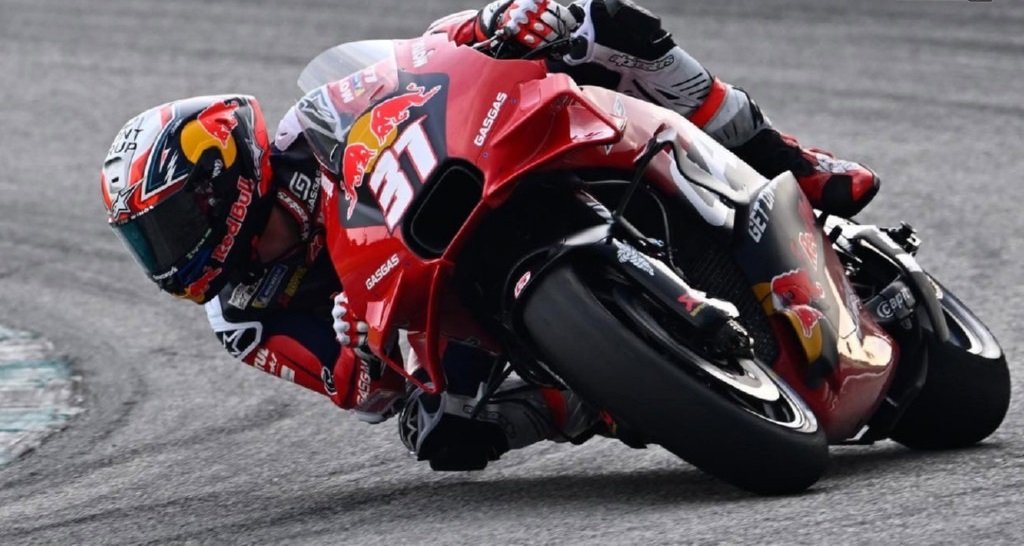
MotoGP racers change gears by pressing the foot lever, just like street motorbikes but there are several differences. So, there is a question whether MotoGP motorbikes have neutral? MotoGP racers still need a neutral position to start their motorbike. Like other motorbikes, MotoGP motorbikes must be in neutral to start, but after starting they do not need neutral gear.
On most motorbikes, neutral is between first and second gear, but on MotoGP motorbikes, neutral is below first gear. There is a lever that allows the bicycle to enter neutral position. This change is to prevent the bike from going into neutral during a race. To neutralize gears in MotoGP, technicians usually set up a certain button on the handlebar.
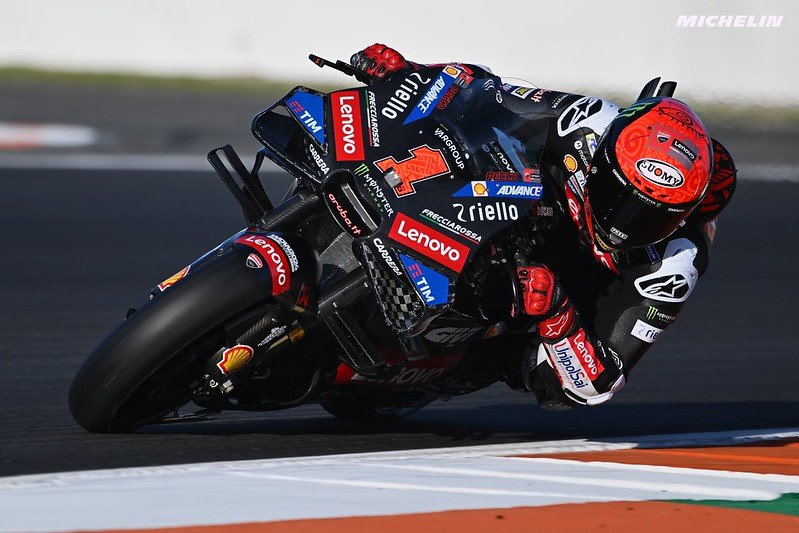
The gears on a MotoGP motorbike are also in the reverse order compared to a regular road bike. This means that the racer will press the gear lever down for Up-Shift and up for down-shift. Why is the gear shift pattern in a race like MotoGP the opposite to a road bike?
For example, with a maximum tilt angle of around 65 degrees and being in a left or right corner, MotoGP riders are often in a situation where they have to up-shift to accelerate out of the corner. . Now, in this extreme left tilt situation, it will be much easier and safer to do an up-shift (up a gear) by just pressing the gear lever because the distance between the gear lever and the asphalt surface of the track is very close.
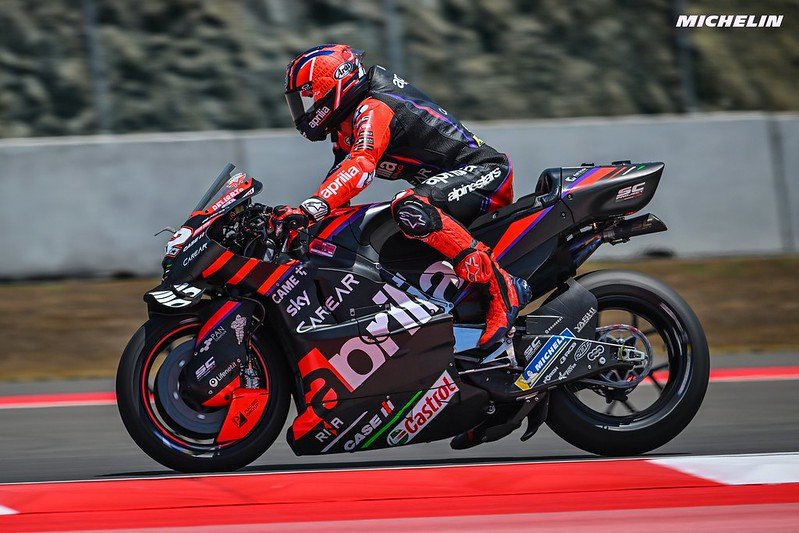
When cornering in a right corner, this is easier, but as you can see in the picture above, the racer certainly no longer wants to put his toe under the shift lever to up-shift when he has leaned too far to the right.
One more thing, when at the end of the straight sometimes racers have to brake and down-shift to add engine-brake which will help them in braking. . However, because of the inertia / inertia that occurs when braking, the racer will be pushed forward when braking, which logically will make it easier to pry the lower gear lever to down-shift.







